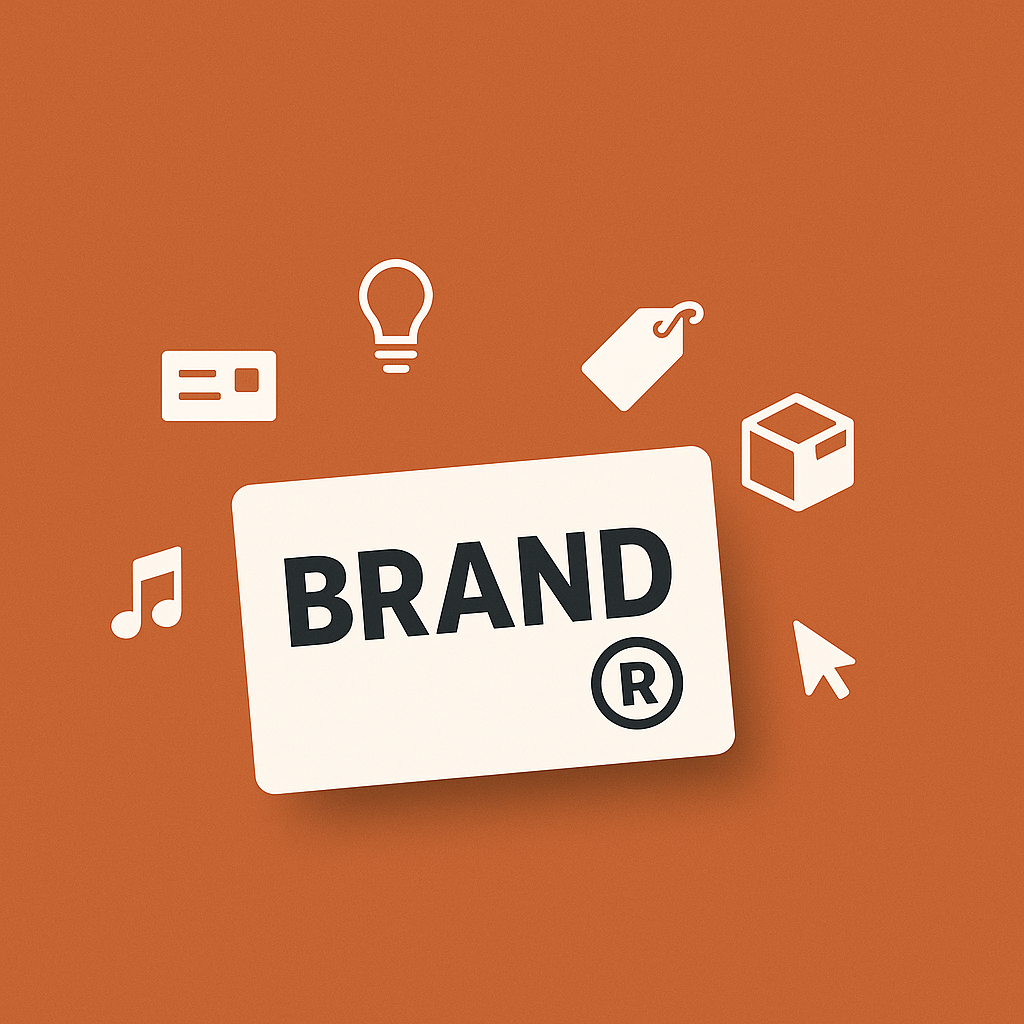Brand Control, Part 1: “What’s in a Brand?” — The DNA of Distinctive Value
 When most people talk about a “brand”, they’re really thinking about a vibe: a gut-level feel, a cultural footprint, an aesthetic. And all of that matters — but from a legal perspective, a brand only really lives and breathes through what you can protect.
When most people talk about a “brand”, they’re really thinking about a vibe: a gut-level feel, a cultural footprint, an aesthetic. And all of that matters — but from a legal perspective, a brand only really lives and breathes through what you can protect.
At the heart of that protection? Trade marks.
Brand vs Trade Mark: Not Always the Same Thing
A brand is the reputation your business builds through what it does, says, and looks like. A trade mark is a sign or symbol used as a badge of origin — a way to distinguish the owner’s business, products, and services from those of others.
A registered trade mark is that same badge formally registered under legislation that affords it legal rights — rights designed to protect the recognisable signs and symbols by which customers identify the owner’s brand.
Think of a trade mark as the legal spine holding the commercial body upright.
Your brand might include:
-
Business name
-
Logo
-
Slogan
-
Product names
-
Domain names
-
Get-up (packaging, shape, colour schemes)
-
Sound (think the McDonalds jingle)
-
Even scent (yes, that’s a thing — more on that in Part 7)
But unless those elements are distinctive and protected, you might be pouring brand equity into a bucket full of holes.
No Protection = No Control
Without trade mark protection, you can’t (at least, not easily):
-
Stop others from using confusingly similar names
- Prevent others from trading off your hard-earned reputation
-
License or assign your brand with confidence
-
Preserve your market position if you pivot, grow, or sell
A common law claim for passing off or a misleading/deceptive conduct claim under the Australian Consumer Law requires proving your reputation and that the public is likely to be misled — no small task.
While copyright or design rights might help in some fringe cases (e.g. logo artwork or packaging design), they won’t stop someone launching a rival brand with a near-identical name or slogan.
However, if your trade mark is registered, you don’t need to prove reputation or deception — registration itself gives you a presumptive legal right to stop infringing use. All you need to show is that the other person’s mark is substantially identical or deceptively similar to yours and that your first use of your mark precedes their first use of theirs.
Why Distinctiveness Is Your Best Friend
We’ll dive deeper into distinctiveness in Part 2, but for now: the more your trade mark stands out from what others are doing, the stronger your legal position.
Names like Kodak, Spotify, or Qantas are powerful precisely because they weren’t trying to “say what they do” — they were trying to be remembered. Compare that to generic names like The Shoe Company or Best Accounting Services — impossible to protect, easy to copy, and legally feeble.
💡 Key Takeaway
A brand isn’t a logo, a font, or a vibe — it’s the sum of the signals that connect your offering to your audience. Trade marks let you own and protect those signals. Without them, you’re not building an asset — you’re renting attention.